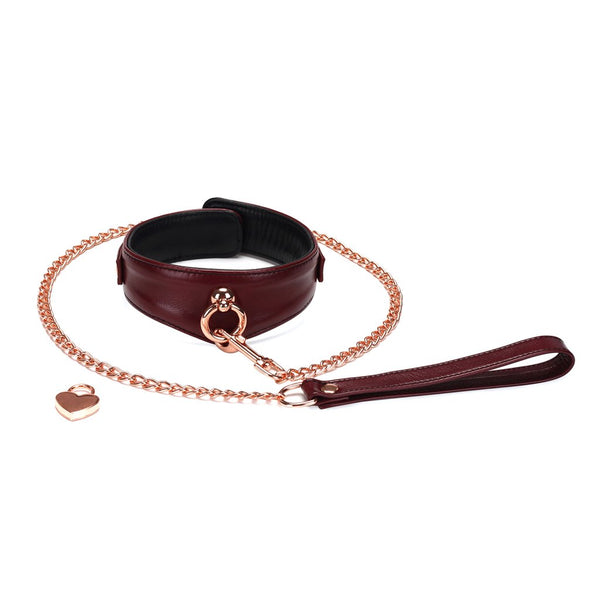Bondage restraints are essential tools in the world of BDSM, allowing for a variety of experiences that can enhance intimacy and trust between partners. Understanding the different types of bondage restraints available can help individuals make informed choices that align with their desires and safety considerations.

What Are Bondage Restraints?
Bondage restraints refer to any device or material used to restrict movement during BDSM activities. These restraints can range from simple items like ropes and cuffs to more complex systems involving chains and harnesses. The primary purpose of these tools is to create a sense of vulnerability and surrender, which can heighten arousal and deepen emotional connections.
Types of Bondage Restraints
There are several categories of bondage restraints, each offering unique experiences. Here are some of the most common types:
- Rope: Traditional and versatile, rope can be used for intricate ties or simple restraints. It is essential to learn basic knots to ensure safety.
- Cuffs: Often made from leather, neoprene, or metal, cuffs are easy to use and can be adjusted for comfort. They are ideal for beginners.
- Hogties: This type of restraint involves binding the wrists and ankles together, creating a position that limits movement significantly.
- Bondage Tape: A unique option that sticks to itself but not to skin or hair, making it a great choice for those new to bondage.
- Chains and Collars: These are often used in more advanced bondage scenarios, providing a sense of control and submission.
Safety Considerations When Using Bondage Restraints
While bondage can be a thrilling experience, safety should always be a priority. Here are some essential tips to keep in mind:
- Always establish a safe word before engaging in bondage activities. This allows for immediate communication if someone feels uncomfortable.
- Ensure that the restraints used do not cut off circulation. Regularly check in with your partner to ensure their comfort.
- Educate yourself on the materials used in bondage restraints. Some materials can cause allergic reactions or skin irritation.
- Practice bondage techniques with care. If you are new to bondage, consider starting with simpler restraints before progressing to more complex setups.
Conclusion: Embracing Bondage Restraints Responsibly
Bondage restraints can significantly enhance the BDSM experience, fostering trust and intimacy between partners. By understanding the various types of restraints available and adhering to safety guidelines, individuals can explore their desires in a responsible and enjoyable manner. Whether you choose rope, cuffs, or more advanced options, the key is to communicate openly and prioritize safety. Happy exploring!



